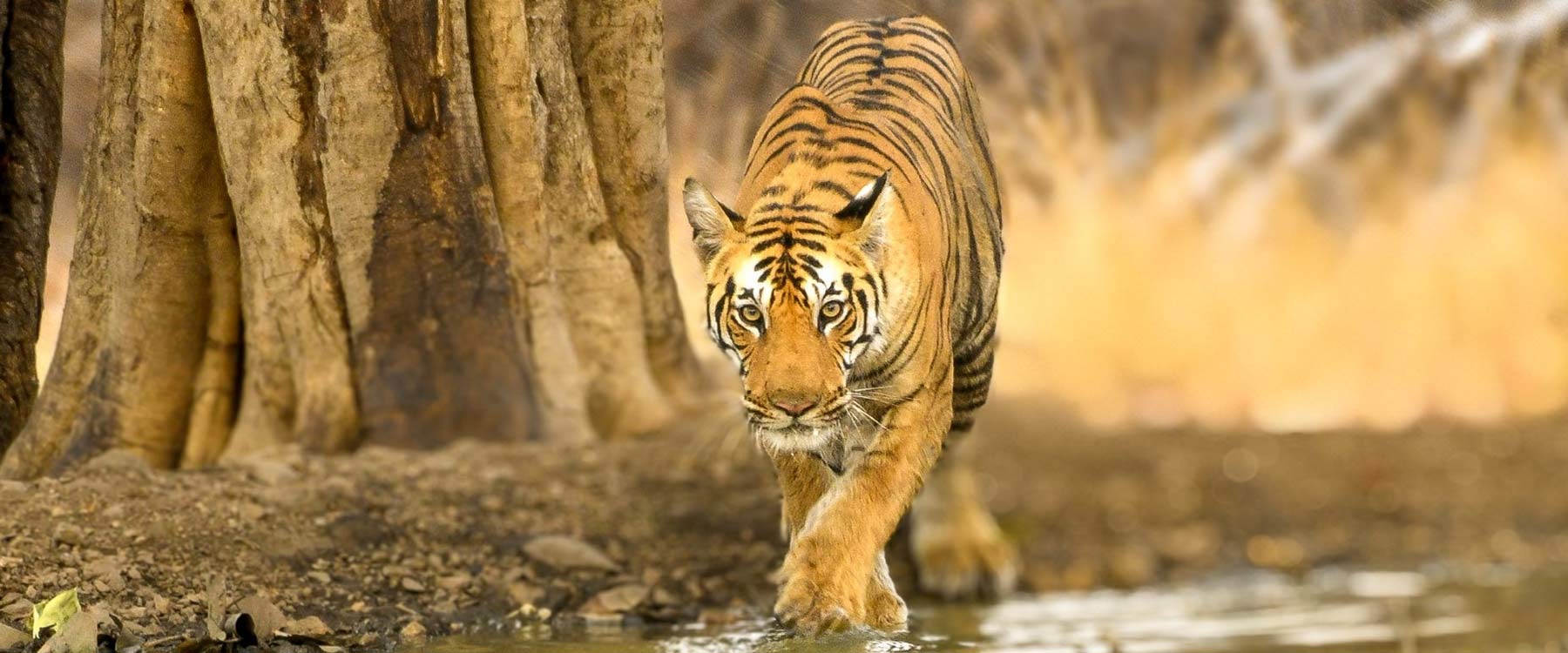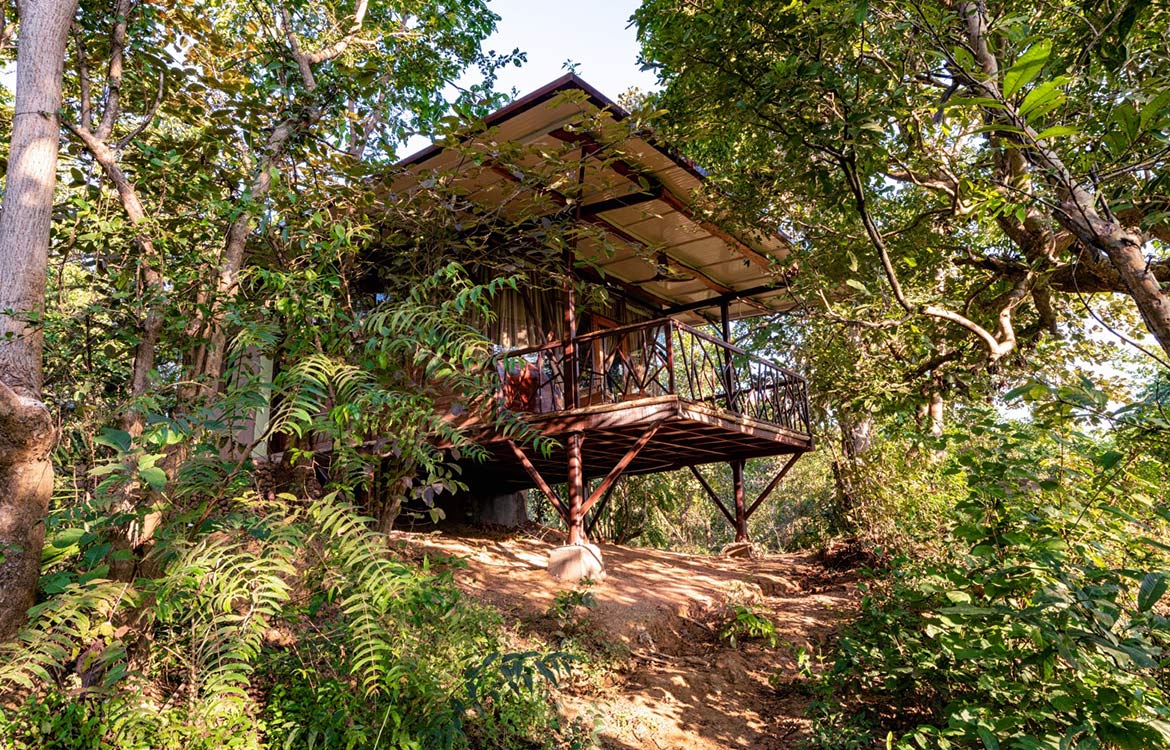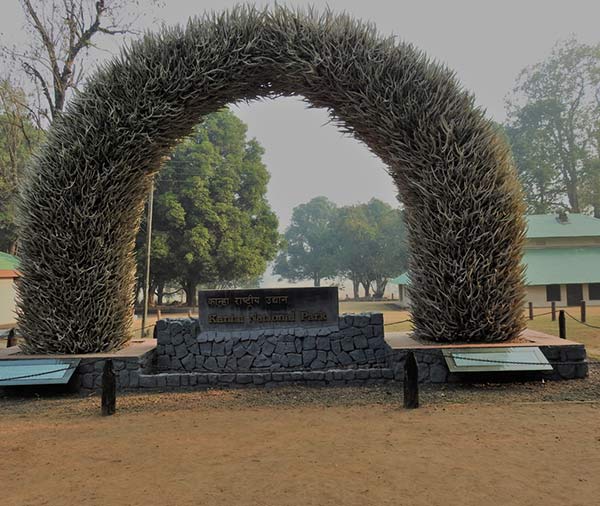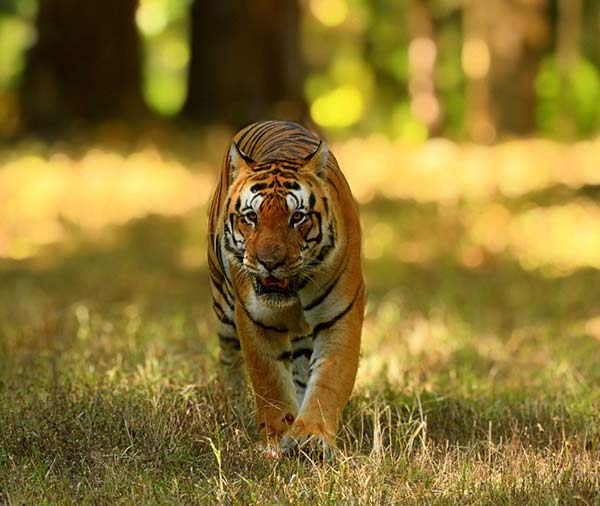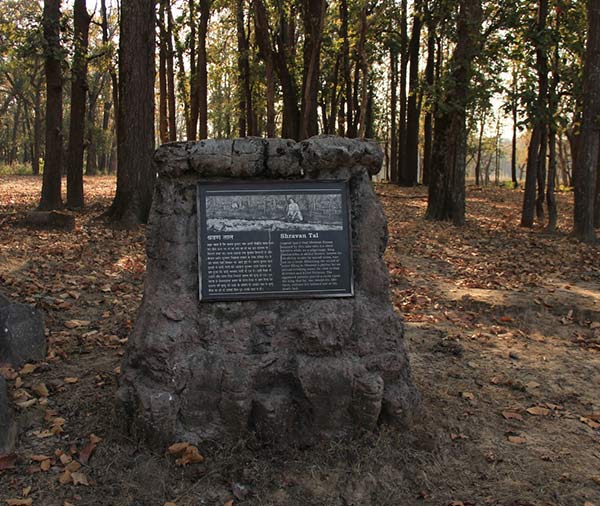Kanha National Park
The Jewel Of Central India
One of the finest places to see the Royal Bengal Tiger in the wild, Kanha is not just the largest park of Madhya Pradesh but also one of the best managed wildlife sanctuaries in the country. Established in 1955 and converted to a tiger reserve in 1973, Kanha is nestled in the Maikal ranges of Satpura and falls in the districts of Mandala and Balaghat. Covering an area of 2074.31 sq. km., it comprises of the core zone of 940 sq. Km, the buffer zone of 1134.31 sq. Km and the Phen Wildlife Sanctuary of 110.79 sq. km.
Location & Coordinates of Kanha Tiger Reserve
| Longitudes: | 22o 03’ 06.8” to 22o 27’ 51.2” N |
|---|---|
| Latitudes: | 80o 25’ 43.6” to 81o 07’ 15.7” E |
Area of Kanha Tiger Reserve
| Core zone (critical tiger habitat): | 940 sq. km. |
|---|---|
| Buffer zone (peripheral area): | 1134.31 sq. km. |
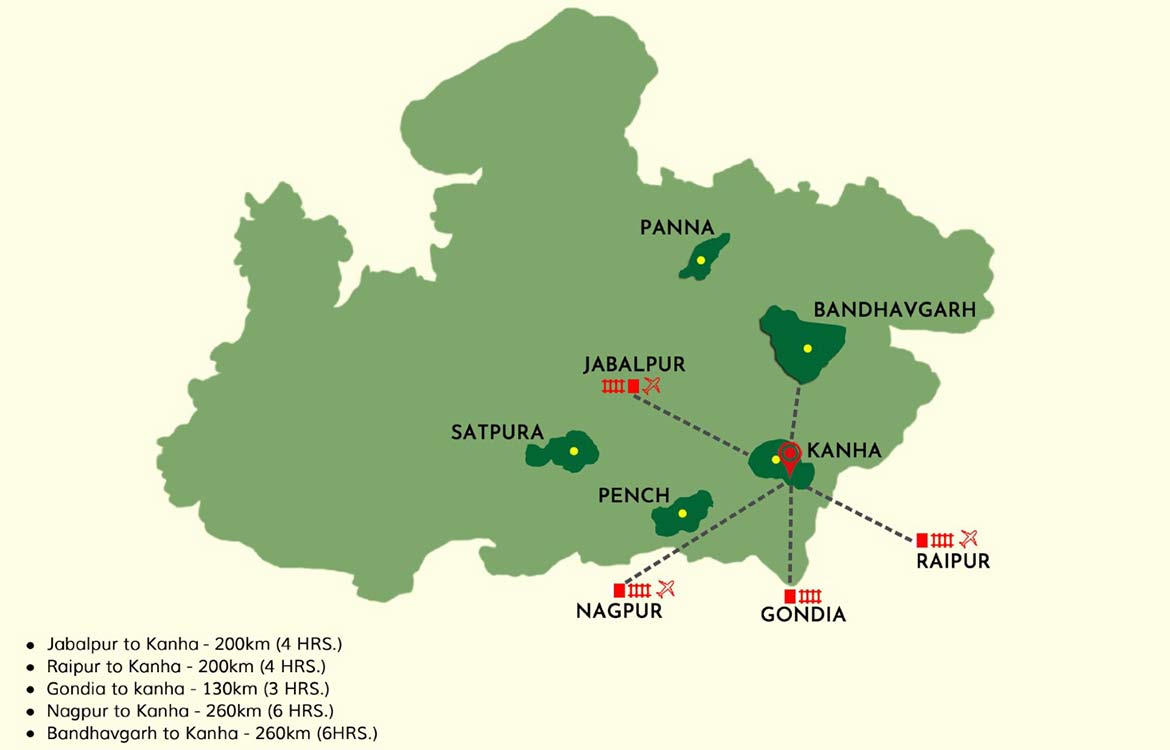
Did You Know?
It is believed that Kanha got its name from the texture of the soil found in the park, locally called ‘Kanhar’.
Flora
The tall and evergreen Sal (Shorea robusta) and mixed forests interspersed with expanses of grassy meadows form unique settings in the lowlands. The highlands are different with tropical moist dry deciduous type while the slopes have bamboos (Dendrocalamus strictus).
The grasslands in the core zones are mainly the erstwhile settlements of Baiga and other indigenous communities that were rehabilitated and relocated as part of the conservation efforts by the government and park authorities.
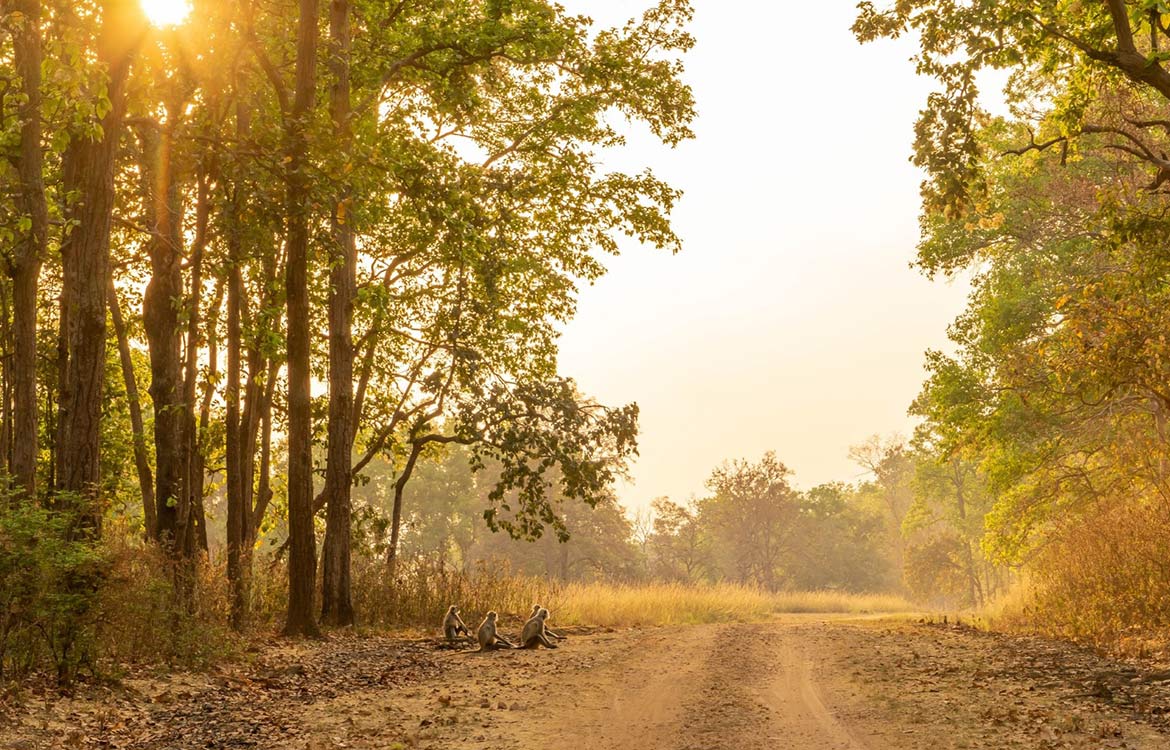
A wide variety of floral diversity has been recorded in the area of Kanha National Park. Some of the common trees that one can spot in the area are: Mahua (Madhuca longifolia), Tendu (Diospyros melanoxylon), Camel Foot (Bauhinia Variegata), Palash (Butea monosperma), Ghost (Sterculia urens) and Silk Cotton trees (Bombax ceiba). It is interesting to note how parts of these trees have been used by the local communities for food and other aspects of their daily lives. Mahua is used to make liquor while the flowers are also eaten, camel foot leaves were used to make disposable bowls, while the fibrous like substance from the fruits of the silk cotton tree is used to make quilts and pillows.
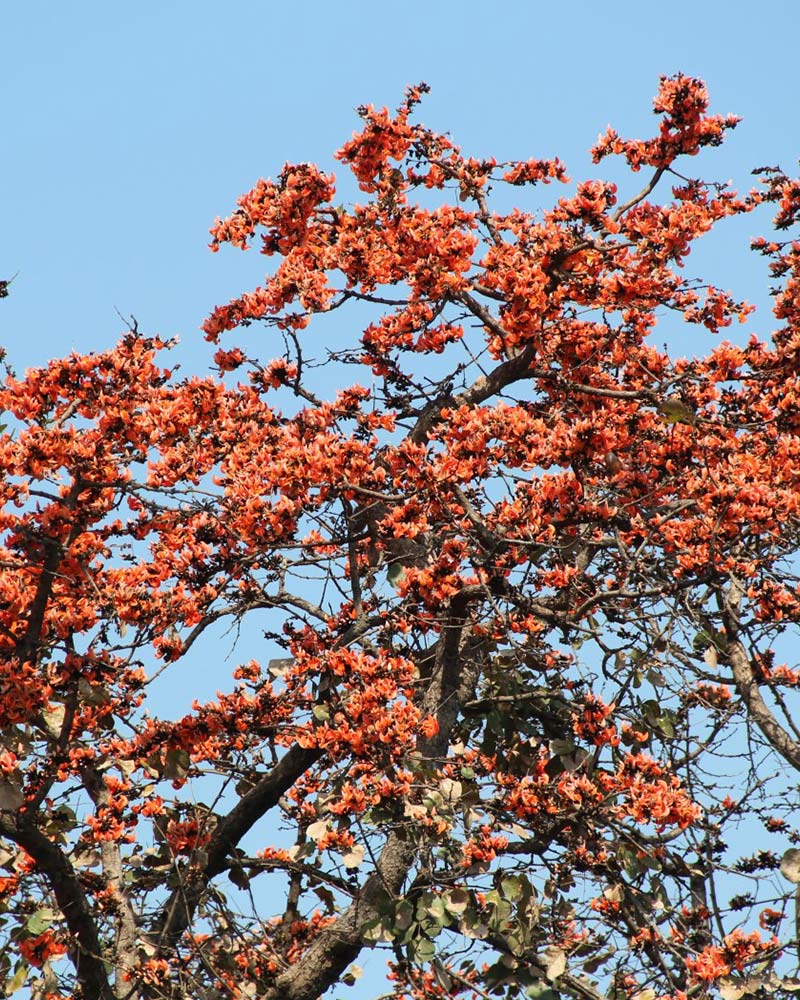
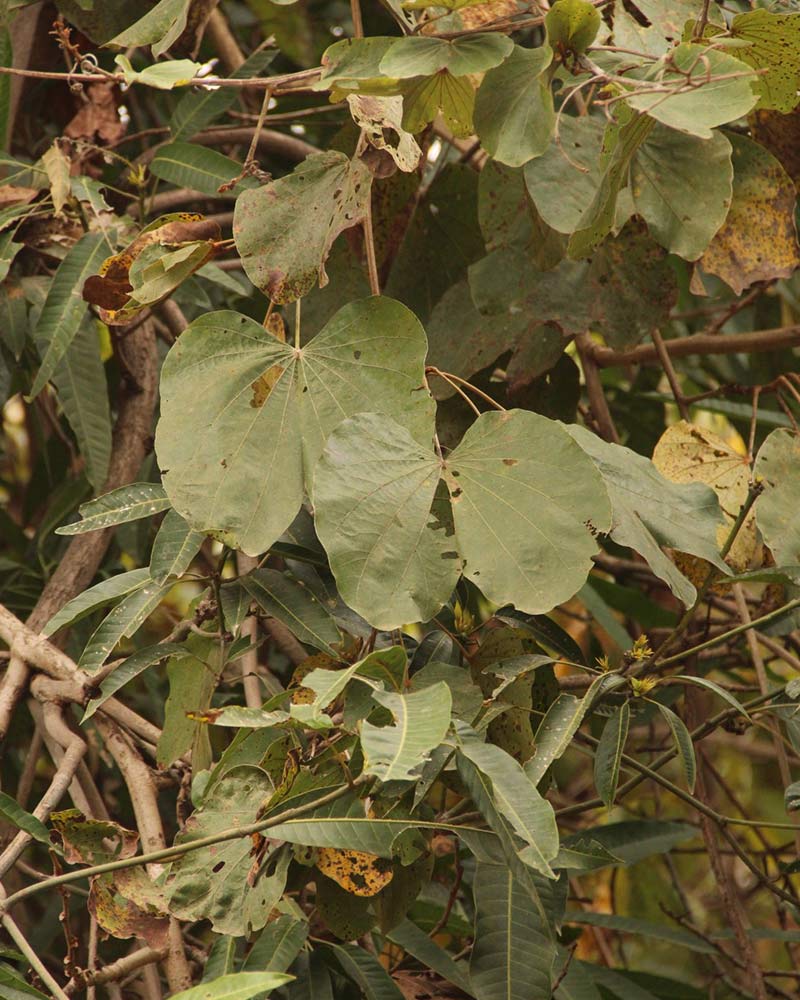
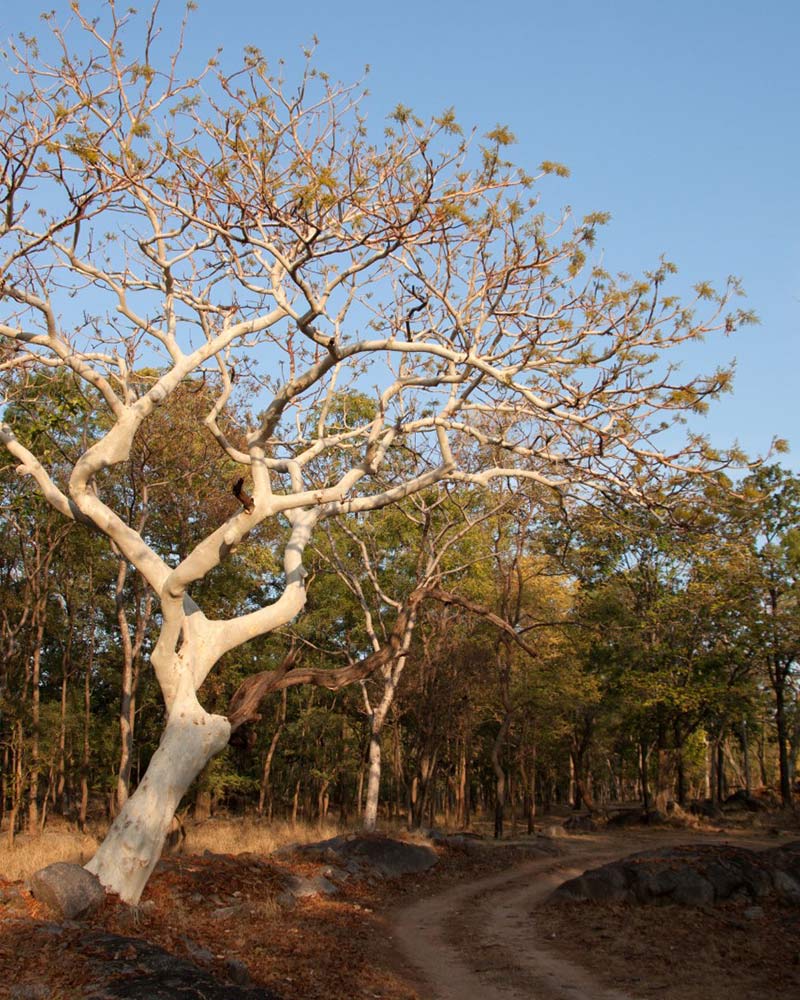
Did You Know?
There is a tribal museum by The Corbett Foundation near the Mukki gate which aims to conserve and showcase the culture and arts of the local communities of Gonds and Baigas. There is also a Baiga Haat where one can see tribal arts and artifacts.
Fauna
With 43 species of mammals, many of which are in the IUCN Red List of Threatened Species, Kanha is home to a rich diversity of fauna. The flagship species – the Royal Bengal Tiger is witnessing a steady rise over the decades in the park. This is partly due to the topography with rich grasslands which sustain a large number of ungulates serving as a prey base for predators along with pro active conservation practises by the park authorities.
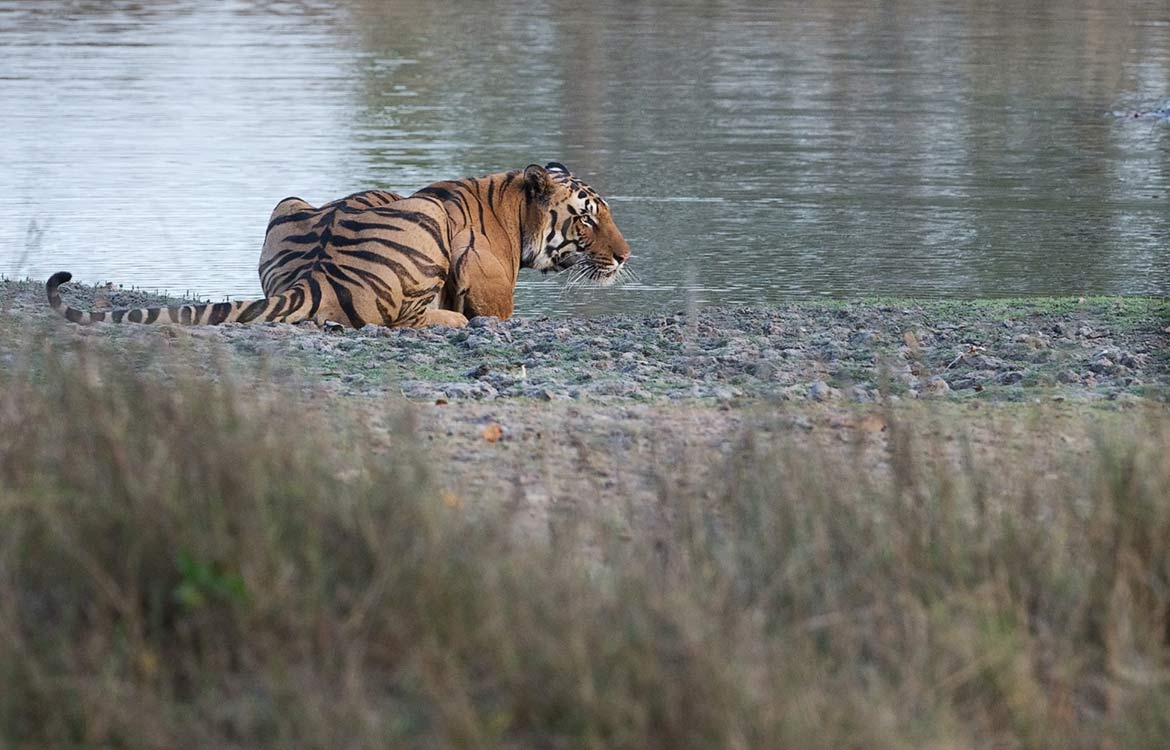
One of the finest conservation stories in India can be seen in Kanha National Park with the revival of near extinct Hardground swamp deer (Barasingha) which is endemic to Kanha National Park & Tiger Reserve. (KNTPR) Infact, ‘Bhoor Singh the Barasingha’ is the official mascot of the reserve.
The reintroduction of blackbucks too has been a significant development. Declared as locally extinct by the forest department in the year 2005, the forest department initiated a re-introduction programme in 2011. In 2017, after constant efforts, the first batch of black bucks were released into the wild. You can often see them in the Kanha zone of the park.
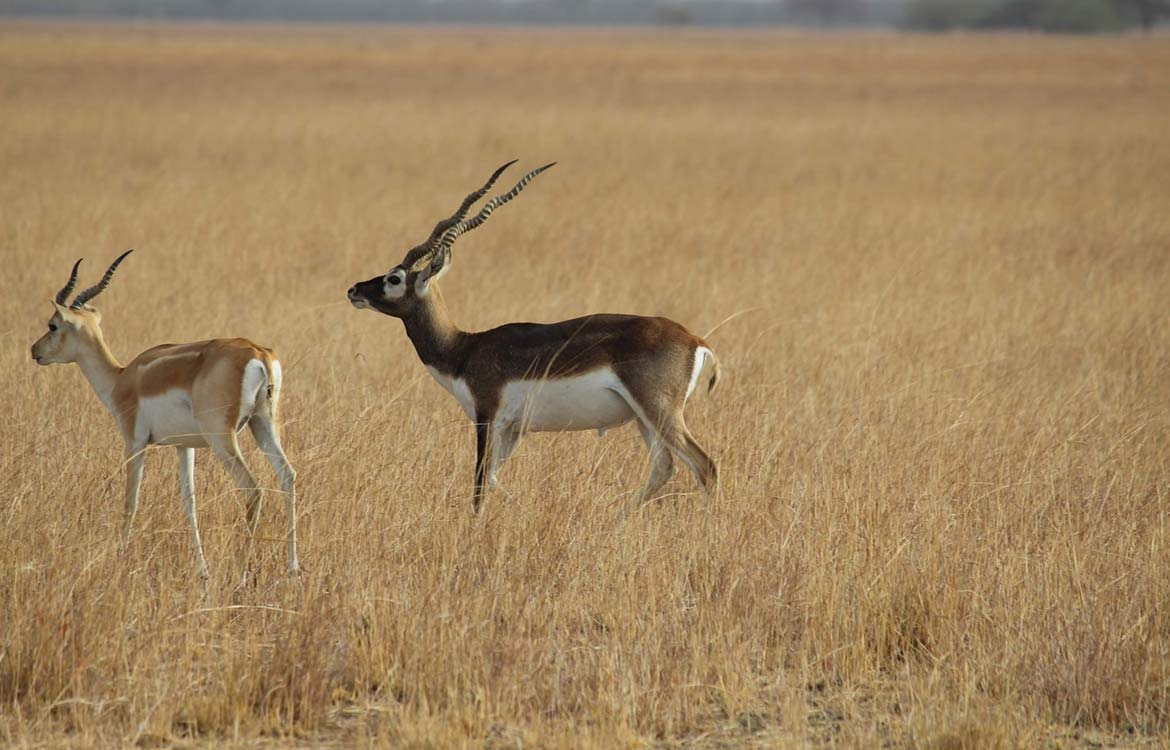
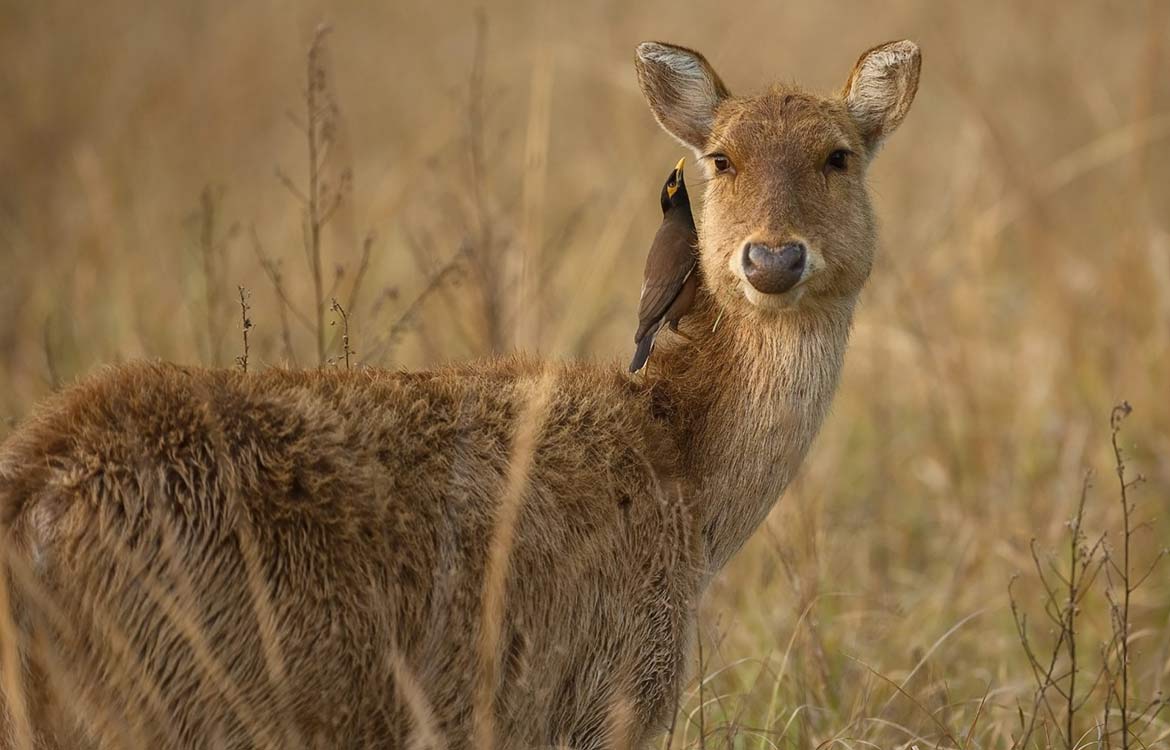
Some of the other mammals often spotted in the park include leopards, wild dogs (dhole), wolves, jackals and sloth bear. The prey base usually includes gaur, sambhar, chital, chousingha, barking deer, blackbuck and wild boars. Primates are mainly Hanuman Langurs with Rhesus Macaque in the peripheries.
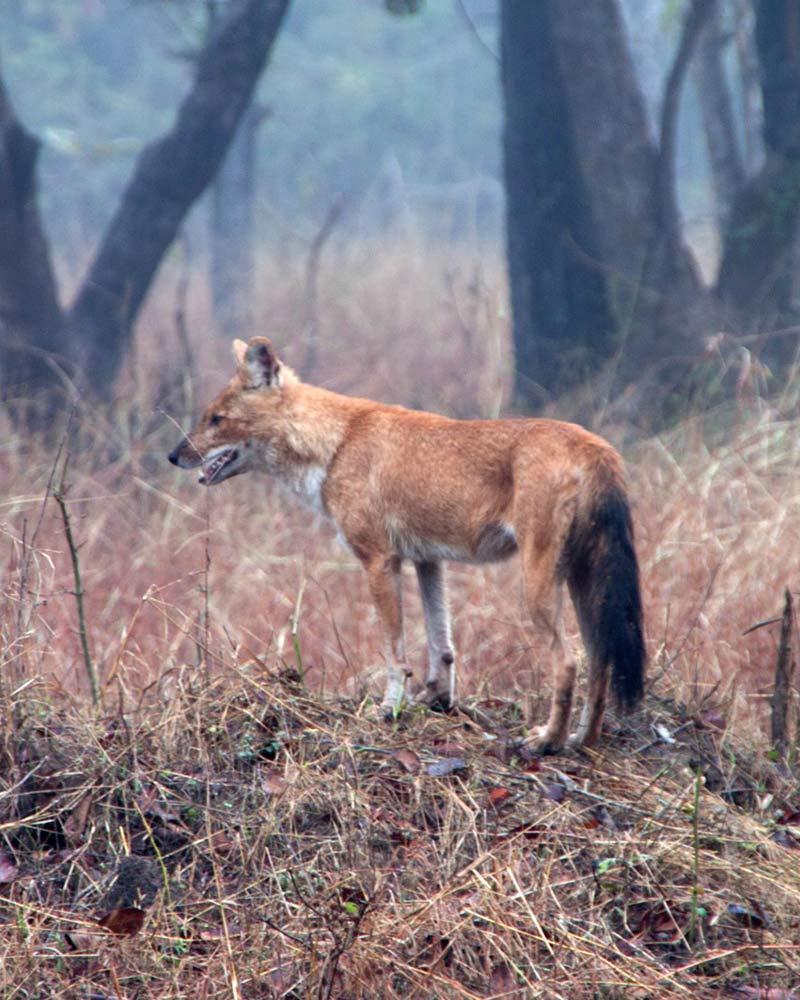
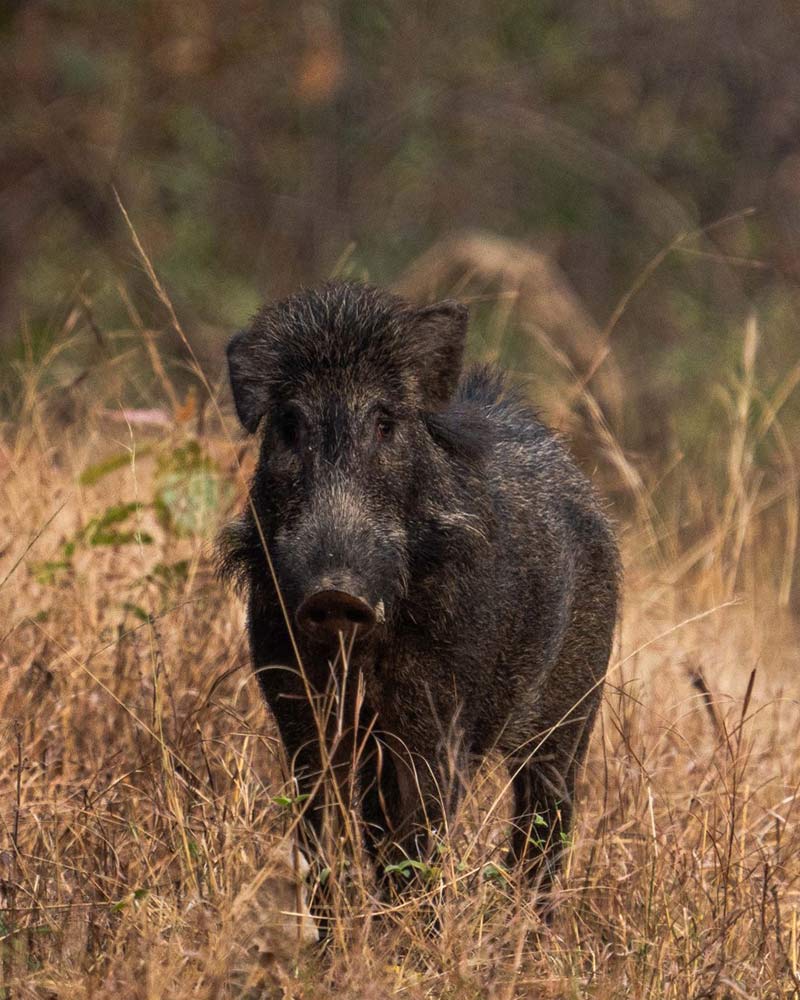
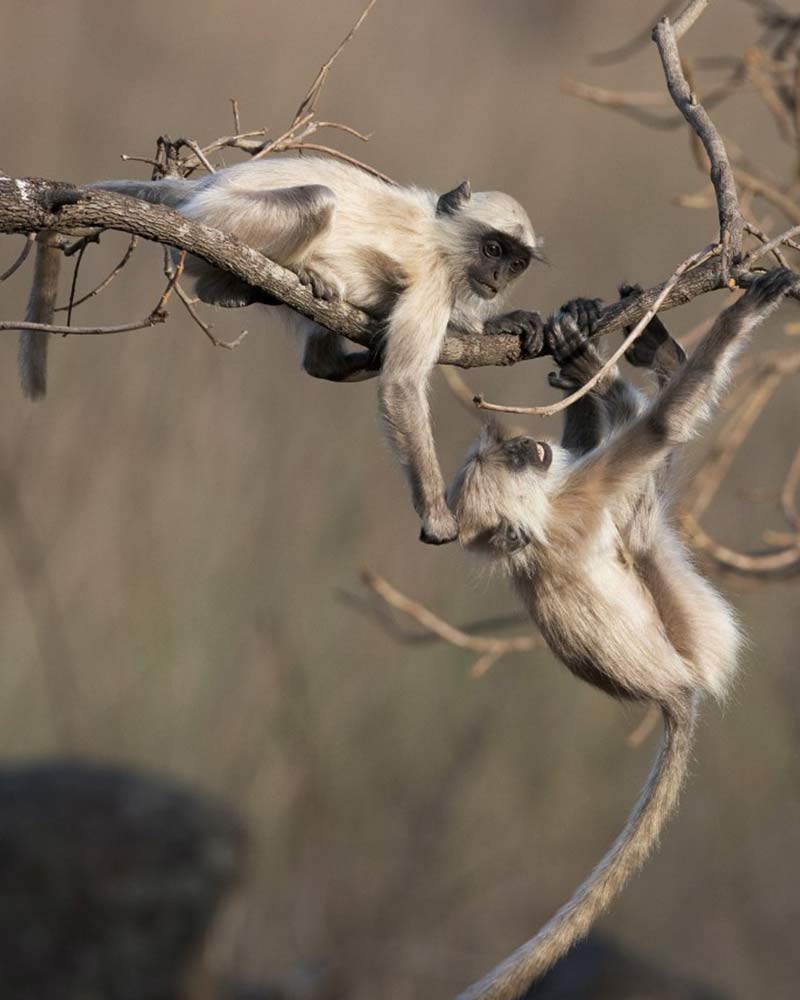
Avian Population
With over 337 species of birds in the park, the avid birders are never disappointed. Some of the commonly sighted birds include Indian Roller, Scarlet Minivet, Malabar Pied Hornbill, Indian Pitta, White-Naped Woodpecker, Warblers, Rufous Treepie, Green Bee Eater and many more. While the ground birds include Jungle Fowl, Pea fowl, Quail and Patridge there are also many birds of prey like the Brown Fish Owl, Grey Headed Fish Eagle and Osprey along with scavengers like vultures.
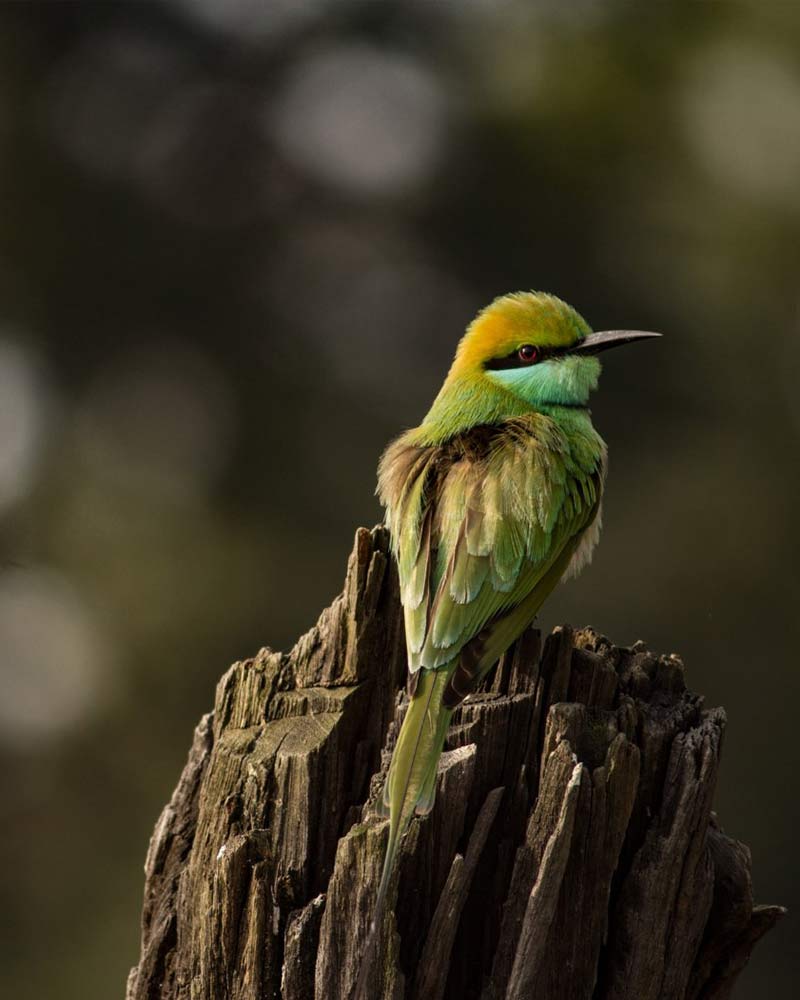
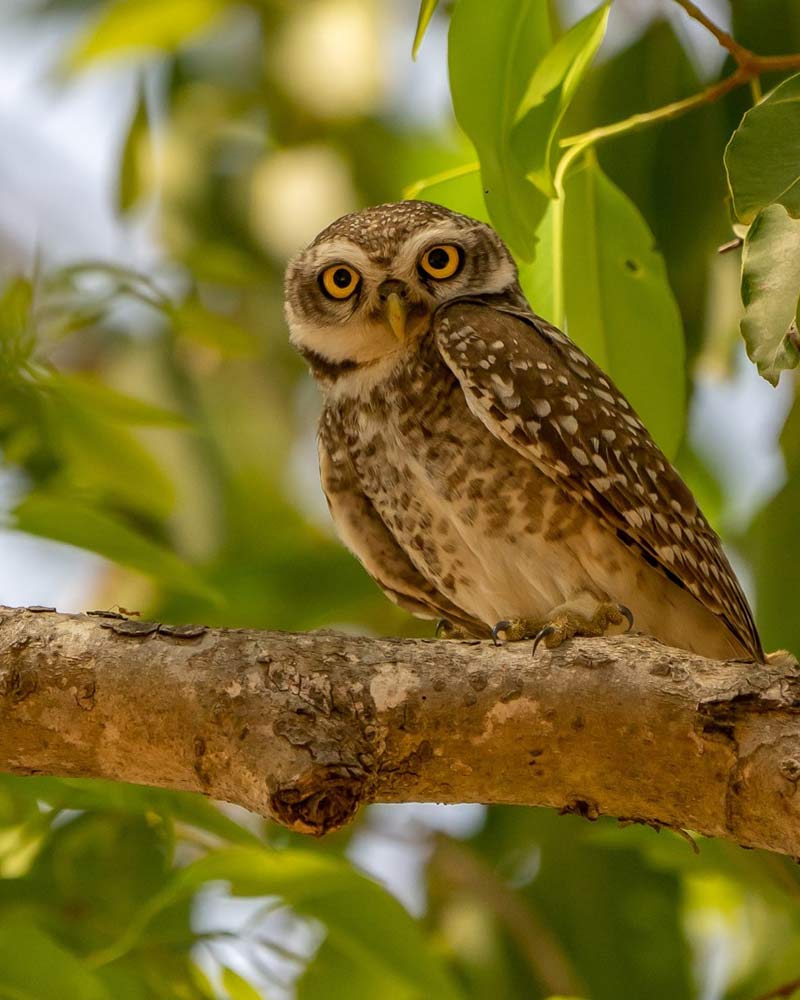
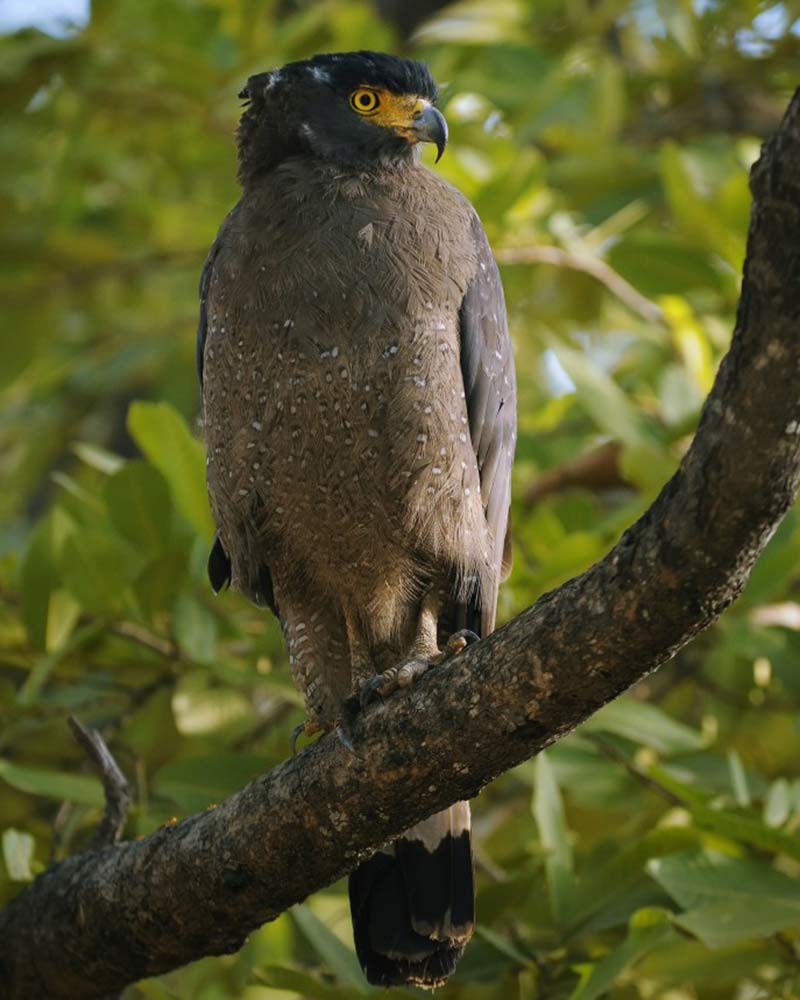
Due to the presence of many water-bodies, one can often spot birds like herons, egrets, teals, ducks, goose and storks. While a common bird but a beautiful one, you can often sight peacock in its full glory in Kanha. Dancing peacocks along with peahens nearby are a mesmerising sight.
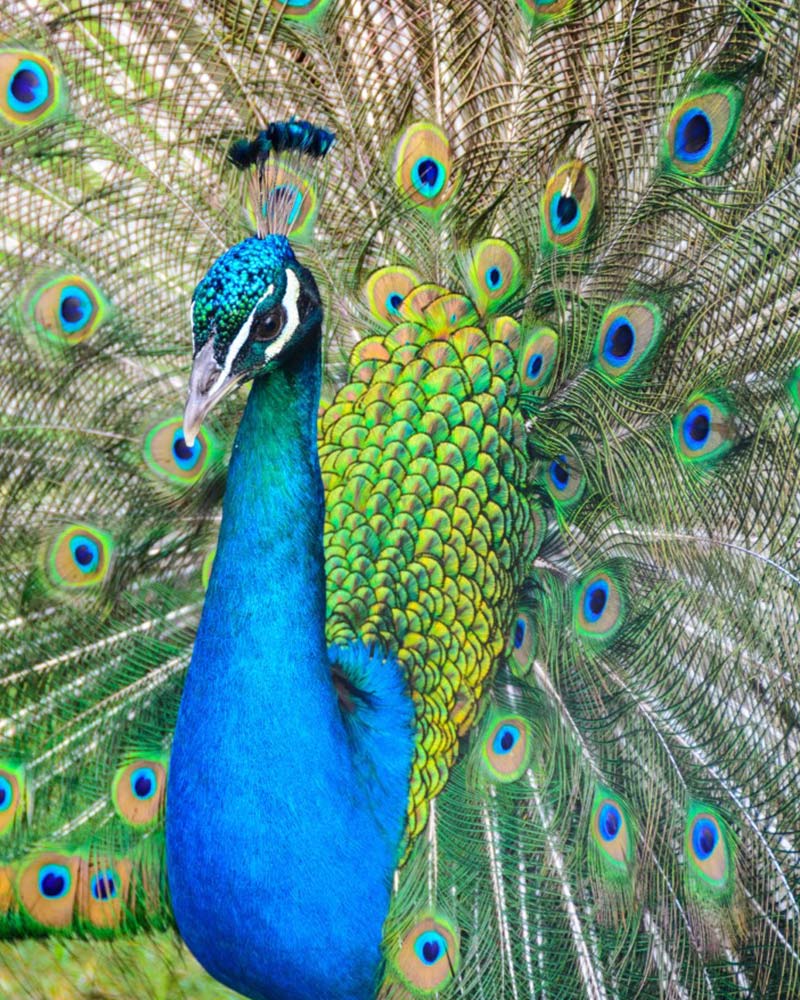
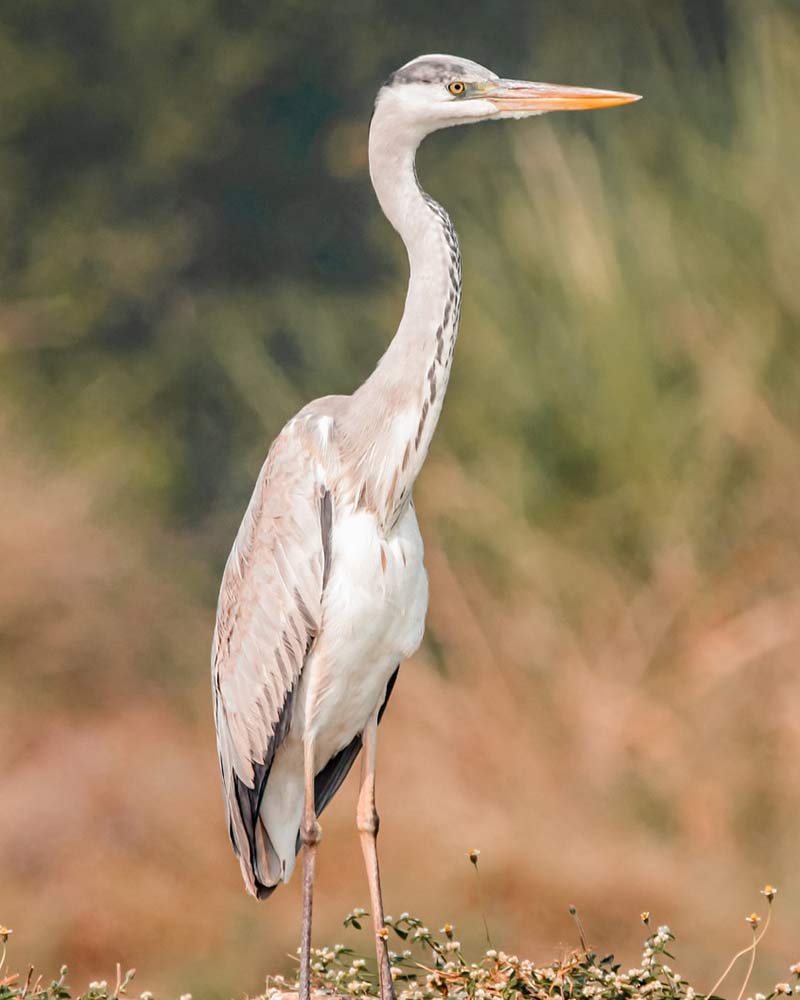
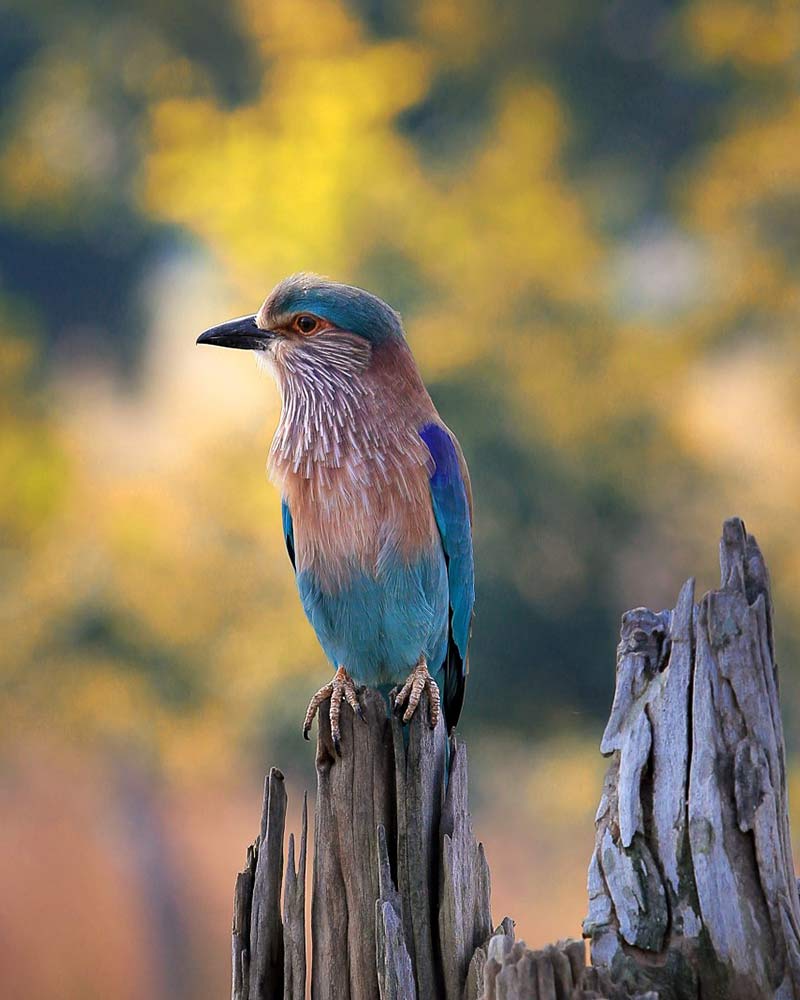
Other Fauna
Some of the other fauna include amphibians, fishes, arachnids, and molluscs. Reptiles like Common Krait, Spectacled Cobra, Russell's Viper, Saw-scaled Viper and Monitor Lizards are also sighted.
The stunning beauty of Kanha along with Pench served as a background for the adventures of Mowgli. Kanha is the park where you can see all the animal characters from the book come to life. With ample predators and prey along with some endemic species, Kanha is truly a must visit park.
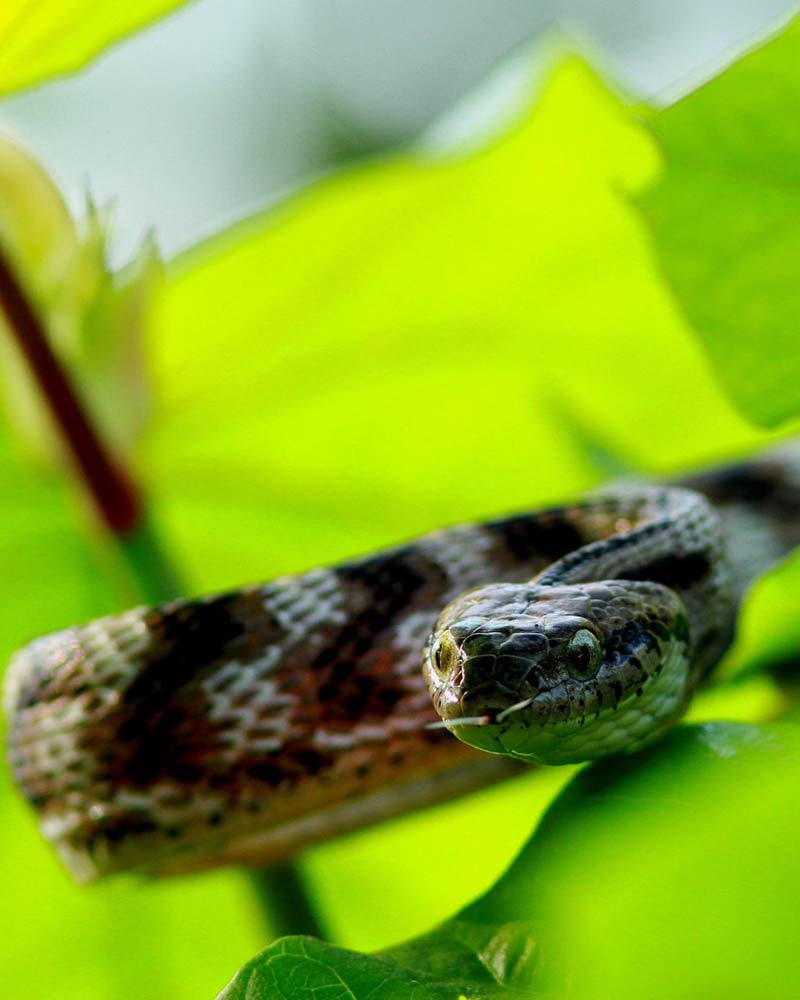
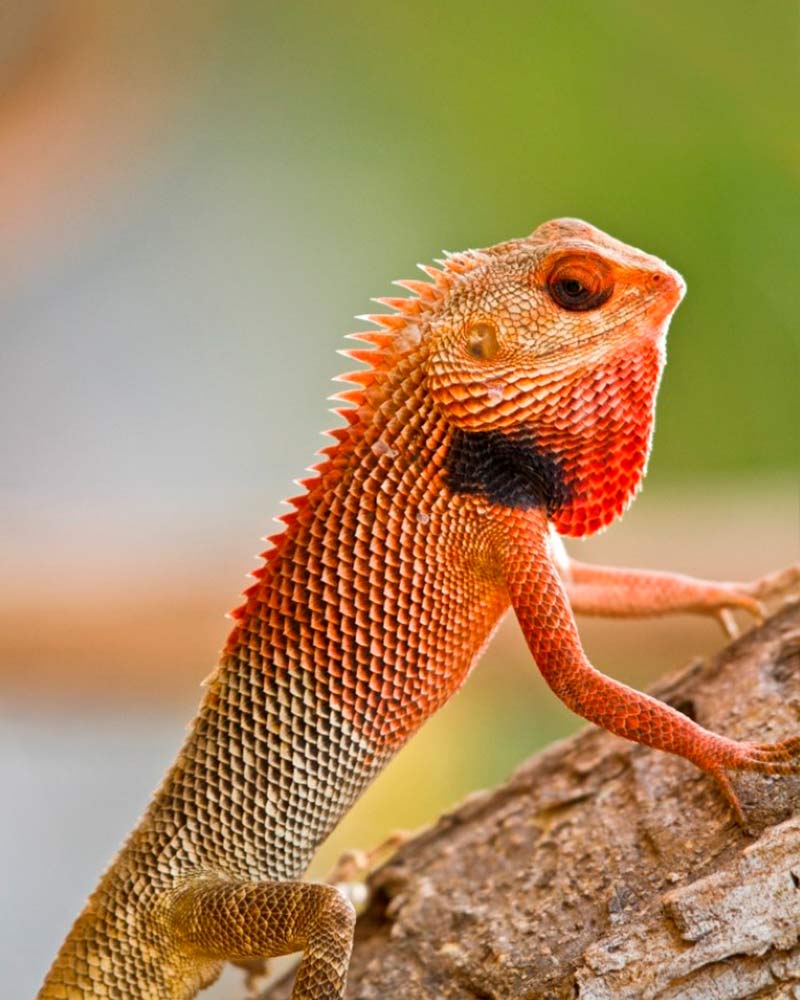
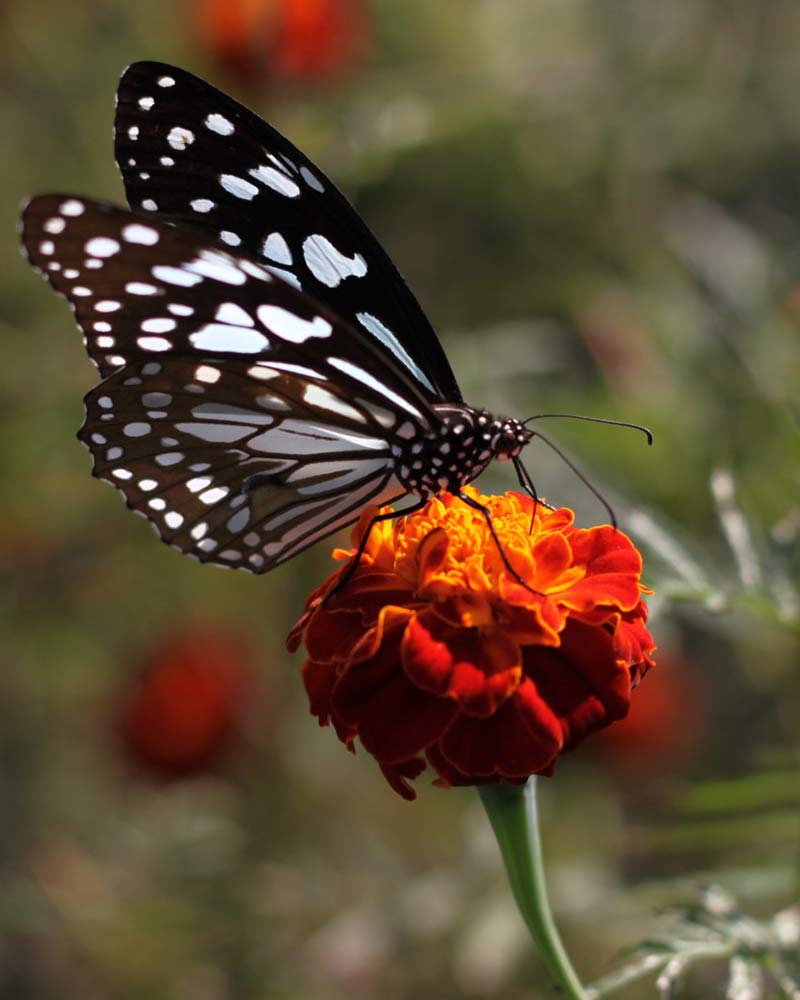
Did You Know?
Visit Kanha Museum, located inside the park itself to know more about the history, topography, geography and the flora and fauna of the area.
Safari Zones Inside Kanha National Park
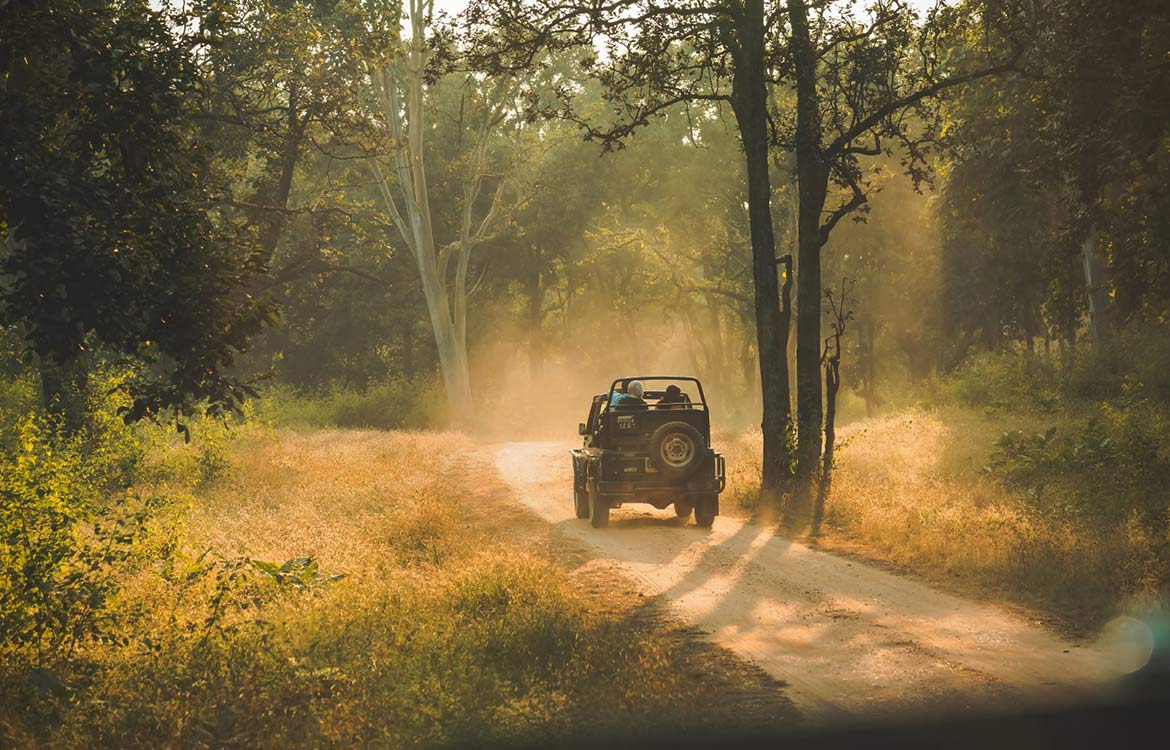
Core Zones
Core zones are the zones which are considered to be critical tiger habitat. In Kanha, safaris are conducted in four core zones – Kanha, Mukki, Kisli and Sarahi while the entry for these zones are from 3 different gates Khatia, Mukki or Sarahi. The entry also differs whether you have opted for a full jeep safari or a shared one.
| Core Zones | Entrance Gates (full jeep) | Entrance Gate (shared/ single seat safari) |
|---|---|---|
| Kanha | Khatia / Mukki/ Sarahi | Khatia |
| Mukki | Khatia / Mukki | Mukki |
| Kisli | Khatia / Mukki/ Sarahi | Khatia |
| Sarahi | Khatia / Sarahi | Sarahi |
Mukki and Kanha zones are currently considered the best zones for their higher probability for tiger sightings. However the forests are always full of surprises and one can never be too sure so we always advise taking multiple safaris in multiple zones for a higher probability.
Kanha Jungle Camp is situated near the Mukki gate and while the entrance is from this gate, the safari can go into Kanha, Mukki and Kisli zone depending upon their safari tickets.
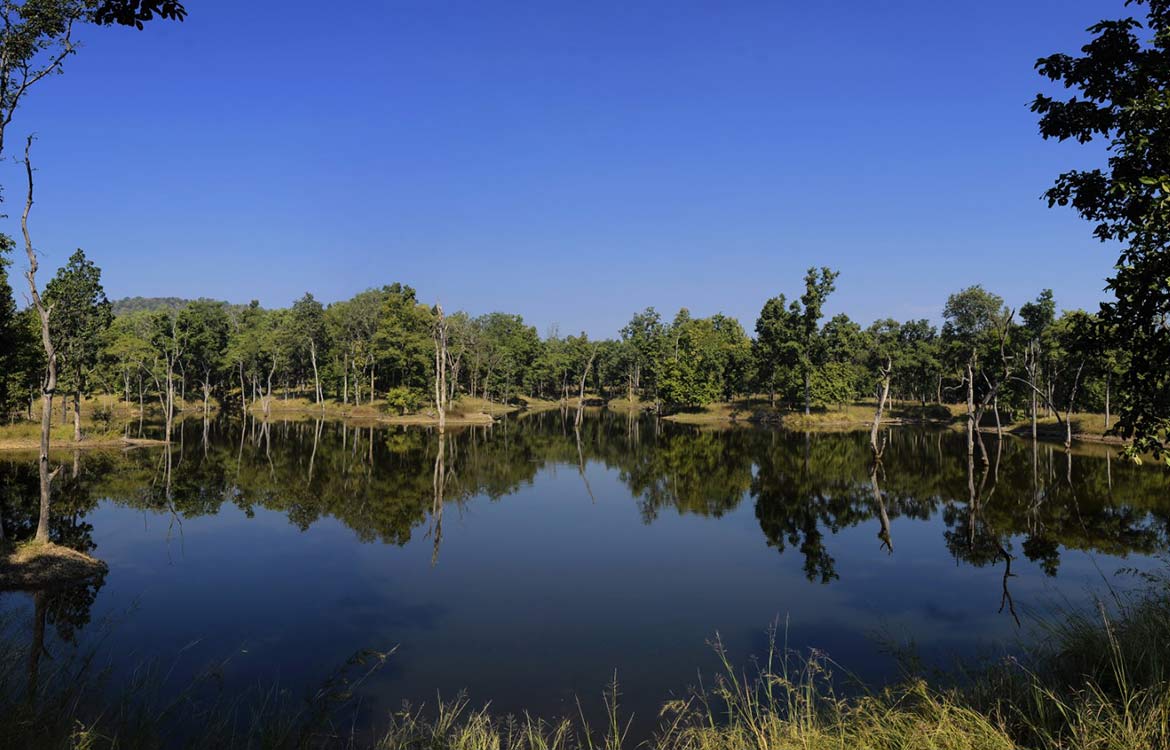
Activities for Tourists Inside the Core Zones
 Safari drives: Morning, Evening, Full Day Safaris
Safari drives: Morning, Evening, Full Day Safaris
The entry and exit timings of jeep safaris differ according to the various seasons.
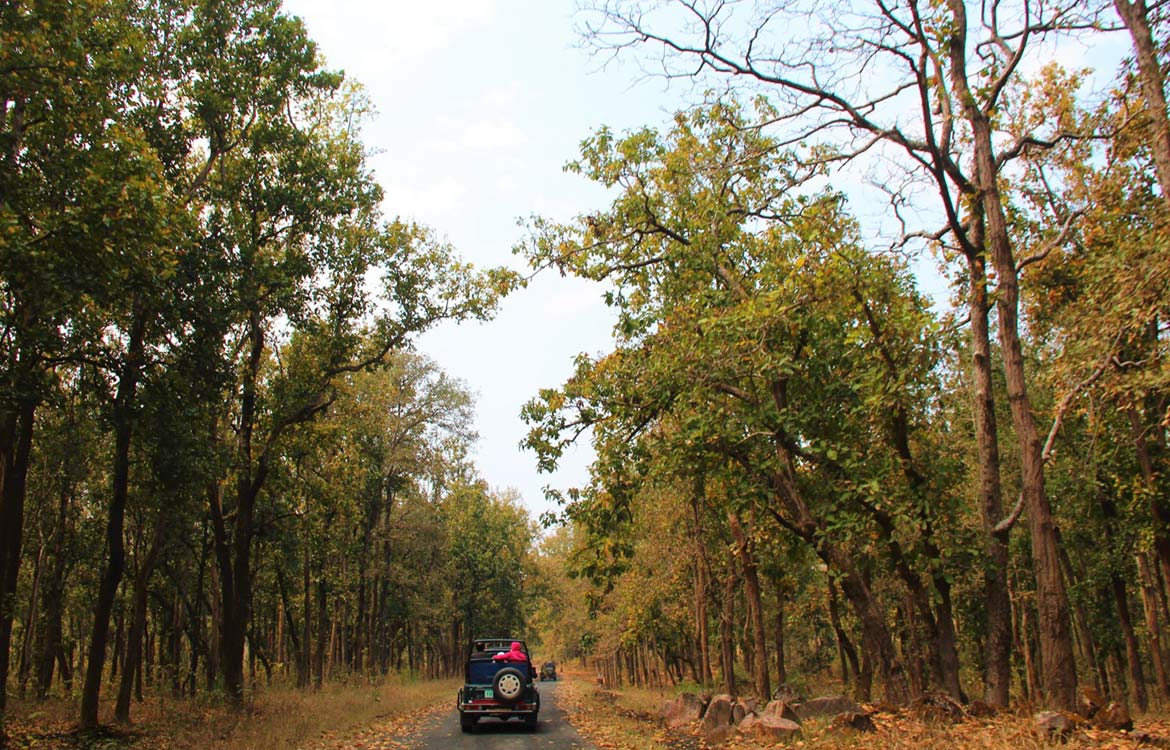
Buffer Zones
Buffer zones are the peripheral forests that surround the core zones of a national park. They are critical for ecological and willdife and conservation. Kanha has four buffer zones - Khatia, Khapa, Sirjhora and Phen. Another advantage of the buffer zones are that they are open even during the monsoon season when the core zones of the parks are closed. Kanha Jungle Camp is closest to the Khapa buffer gate which is barely a 20 minutes drive from the lodge.
Activities for Tourists Inside the Buffer Zones
 Safari drives: Morning, Evening and Night Safaris.
Safari drives: Morning, Evening and Night Safaris.The entry and exit timings of jeep safaris differ according to the various seasons.
 Nature Trails: guided walking tours
Nature Trails: guided walking tours
Know all about the jeep safari and other experiences at Kanha
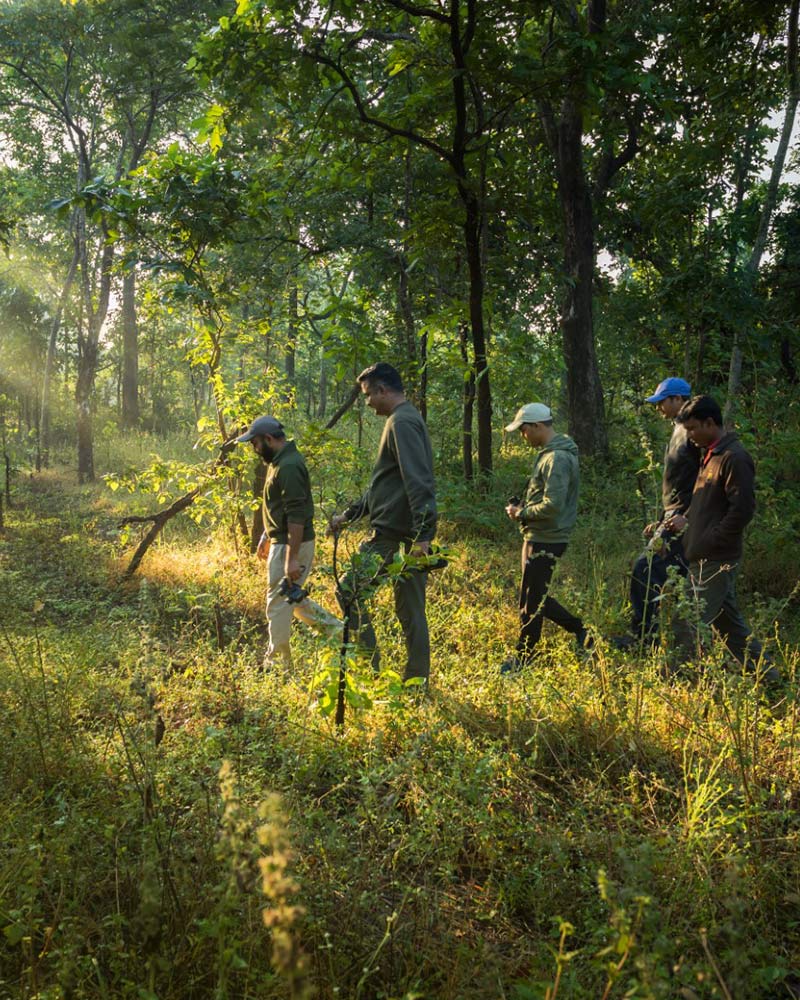
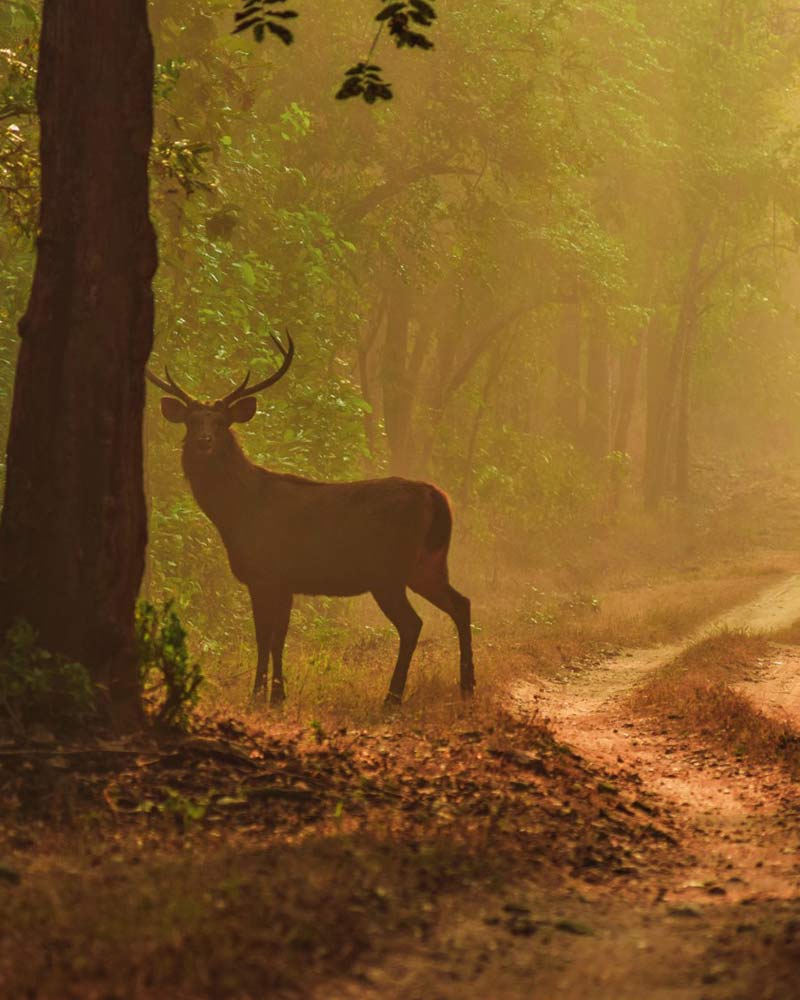
Interesting facts about Kanha
Shravan Taal, a waterbody present inside the Kanha zone of Kanha Tiger Reserve has a mythological importance. It currently also serves as a waterhole for tigers making sightings around that area a high probability.
Best Time to Visit
While the most popular time to visit Kanha is between Oct – March, it is a park where each season has its own charm and brings with it its unique safari moments. Inspite of the sun blazing in summer, it is often a time preferred by the avoid wildlifers and the photographers because this is often the time tigers and other wildlife can be found near the water sources. This promises high probability of specatular and multiple sightings during a single jeep safari itself.
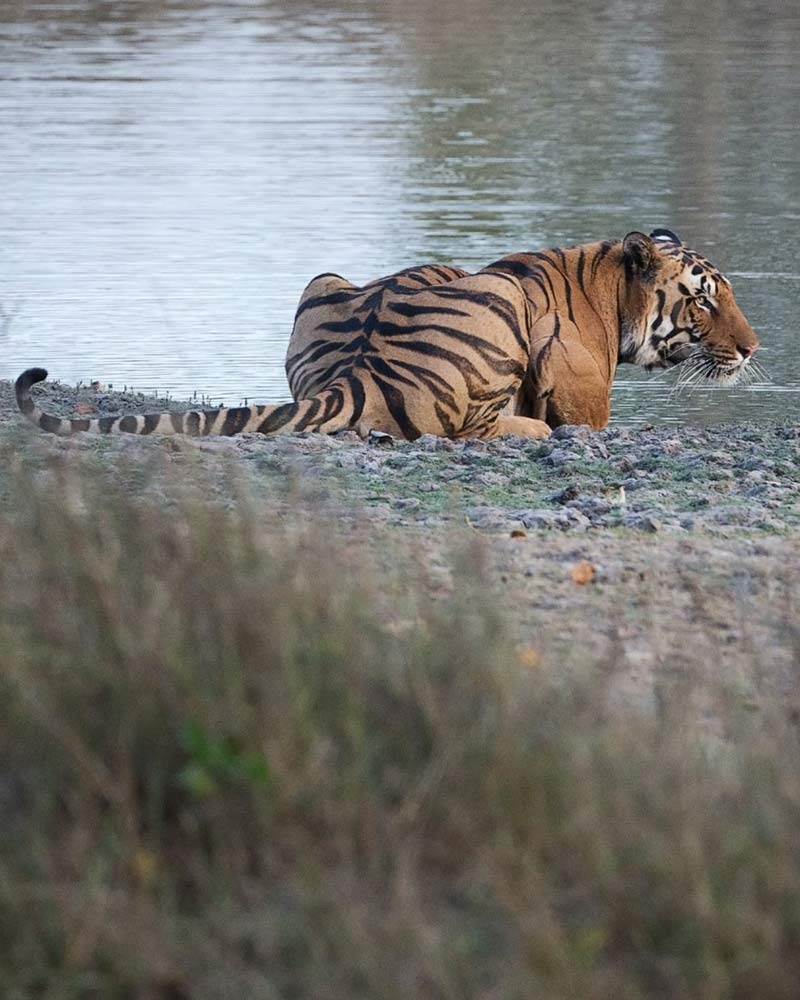
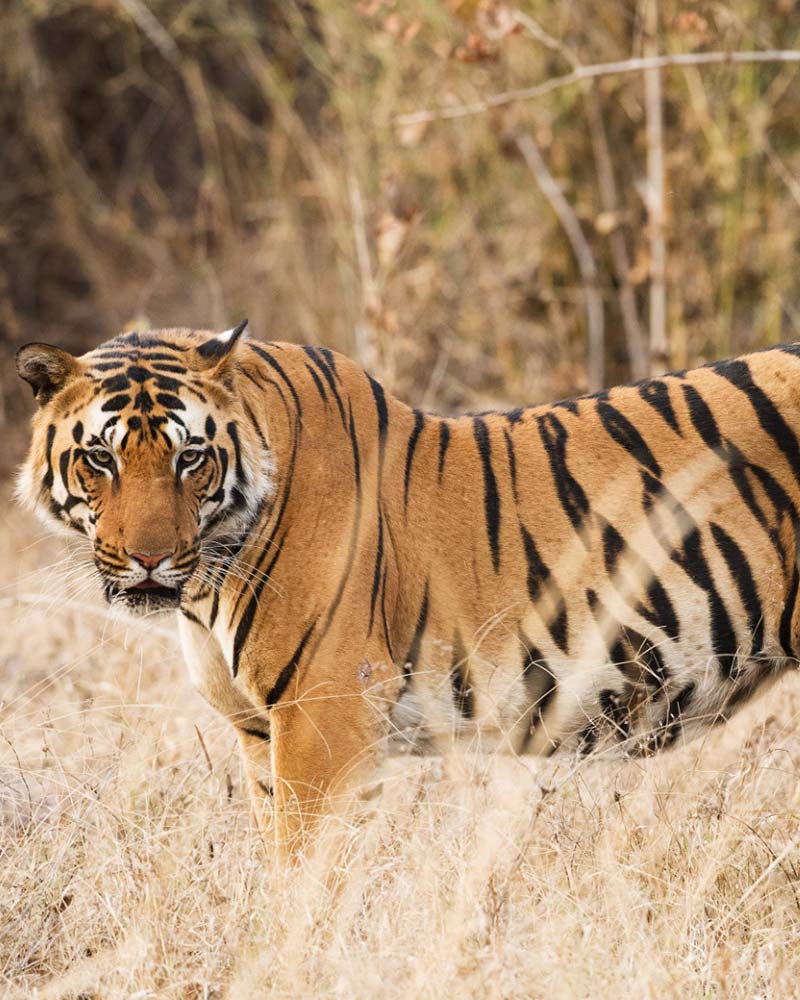
Enquire Now
Personalise your experience in India’s most magnificent jungles.




